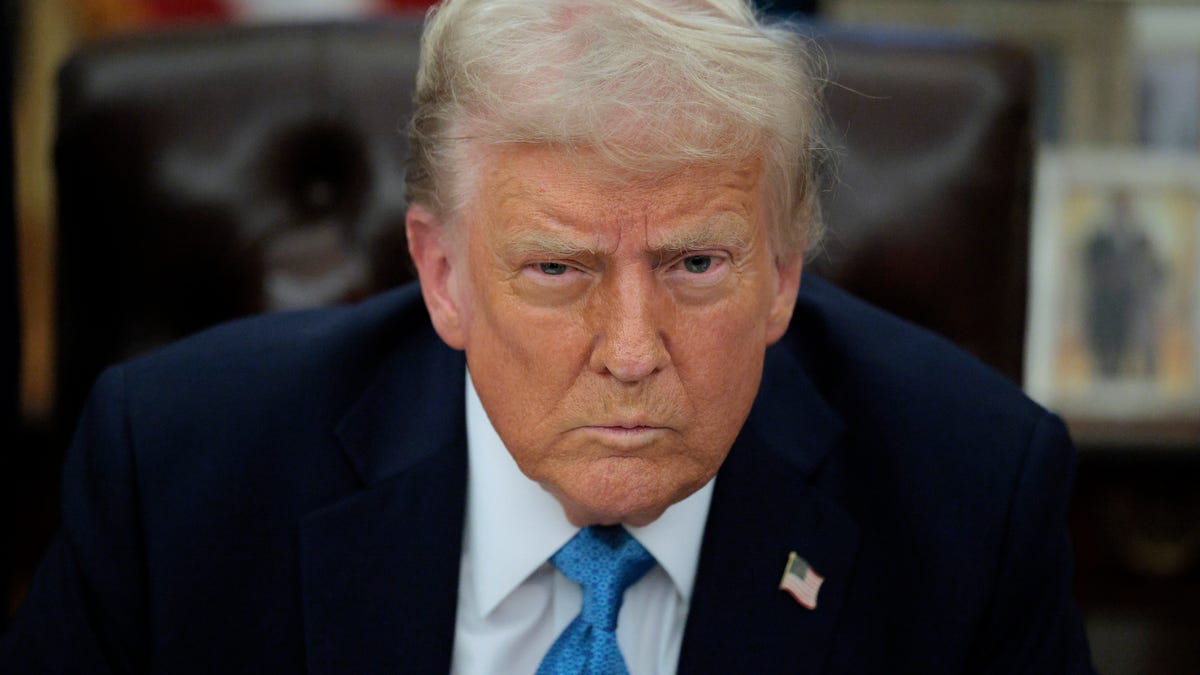Unveiling the Strategy: Donald Trump’s Blueprint for Government Privatization
In recent years, the political climate in the United States has been characterized by significant shifts, particularly regarding the role of government in the lives of its citizens. Donald Trump’s approach to privatizing government functions stands out as a controversial yet pivotal strategy, raising important questions about its implications for American democracy. This article delves into the key elements of Trump’s privatization plan and explores potential impacts on governance, public services, and citizen engagement.
The Foundations of Trump’s Privatization Strategy
Donald Trump’s blueprint for government privatization is rooted in a broader ideological framework that champions limited government and free-market principles. His administration’s stance is that private enterprises often operate more efficiently than government entities, which can lead to cost savings and improved services. Here’s a closer look at some foundational elements of this strategy:
- Market Efficiency: Trump argues that the competitive nature of the private sector drives innovation and efficiency. By allowing private companies to handle certain government functions, he believes taxpayers can reap the benefits of better services at lower costs.
- Reducing Bureaucracy: The Trump administration has often criticized the bureaucratic inefficiencies of federal agencies. Privatization is seen as a way to cut through red tape and streamline operations.
- Public-Private Partnerships: The strategy includes forming partnerships between government and private entities. Such collaborations can leverage private capital and expertise to tackle public projects without burdening taxpayers.
Key Sectors Targeted for Privatization
Trump’s privatization efforts have targeted several sectors, each with varying degrees of success and public reception. Here are some of the significant areas where privatization has been emphasized:
- Infrastructure: Trump’s administration prioritized infrastructure development, advocating for private investment in roads, bridges, and public transit systems. The belief was that private funding could expedite projects that often languish in public financing limbo.
- Healthcare: The push for privatizing aspects of healthcare, particularly through the promotion of private insurance options, has been prominent. This approach aims to reduce costs and improve service delivery, although it has raised concerns about access and equity.
- Education: The administration promoted school choice initiatives, including charter schools and voucher programs, which are designed to give parents the ability to choose private educational options for their children.
Evaluating the Impacts of Privatization
The implications of Trump’s privatization strategy are multifaceted and warrant careful examination. The potential benefits, drawbacks, and overall impact on American democracy are critical considerations.
Benefits of Privatization
Advocates of privatization cite numerous benefits, including:
- Cost Savings: By shifting responsibilities to private firms, the government may reduce operational costs, thus saving taxpayer money.
- Improved Services: Competition among private companies can lead to better services as they strive to attract customers (or in this case, government contracts).
- Increased Innovation: The private sector often invests in new technologies and methods that can improve service delivery, making the overall system more responsive to citizen needs.
Potential Drawbacks
However, there are notable drawbacks to this approach that cannot be ignored:
- Equity and Access: Privatization can create disparities in service access, particularly for lower-income populations who may not afford private options.
- Accountability Issues: Private companies may not be held to the same standards of accountability and transparency as public entities, leading to potential mismanagement and corruption.
- Loss of Public Oversight: The shift to privatized services can diminish the government’s role in ensuring that services meet public needs and ethical standards.
The Role of Public Opinion
Public sentiment plays a crucial role in shaping the success of any privatization strategy. Trump’s approach has garnered both fervent support and fierce opposition. Many of his supporters believe that privatization is a necessary step toward reducing government overreach and enhancing efficiency. Conversely, critics argue that such strategies undermine the very fabric of public service and threaten democratic values.
Surveys indicate a mixed landscape regarding public opinion on privatization. While some polls show a preference for market-based solutions, others highlight concerns about the implications for social equity and accountability. This polarization reflects broader ideological divides in American society.
Case Studies: Successes and Failures
To understand the real-world implications of Trump’s privatization strategy, it is essential to examine specific case studies that illustrate both successes and failures.
- Veterans Affairs (VA): The push to expand private healthcare options for veterans has had mixed results. While some veterans appreciate the increased choices, others express dissatisfaction with the quality of care and the complexity of navigating the system.
- Public-Private Partnerships in Infrastructure: Projects like the expansion of the I-495 Capital Beltway in Virginia showcase the potential benefits of privatization, with reduced construction times and costs. However, they also raise concerns about long-term tolls and public access.
The Future of Governance and Privatization
As we look ahead, the trajectory of Trump’s privatization strategy holds significant implications for the future of American governance. Key questions emerge:
- Will the trend toward privatization continue, and how will it evolve under future administrations?
- What measures can be implemented to ensure that privatization serves the public good without sacrificing accountability?
- How will the balance between public and private services be managed to protect vulnerable populations?
In conclusion, Donald Trump’s blueprint for government privatization represents a significant shift in the American political landscape. While the potential benefits are enticing, the risks and challenges require careful consideration. As the nation grapples with these issues, ongoing dialogue and engagement among citizens, policymakers, and private entities will be essential in shaping a governance model that balances efficiency with equity. The future of American democracy may well hinge on how these complex dynamics unfold in the years to come.
See more BBC Express News

